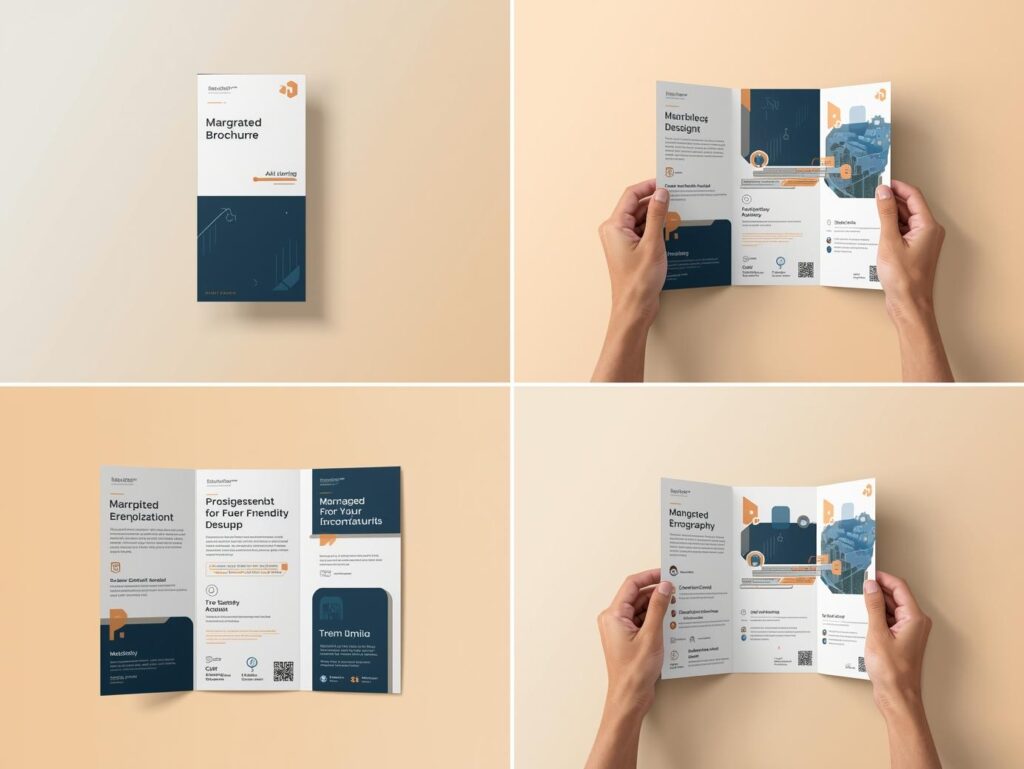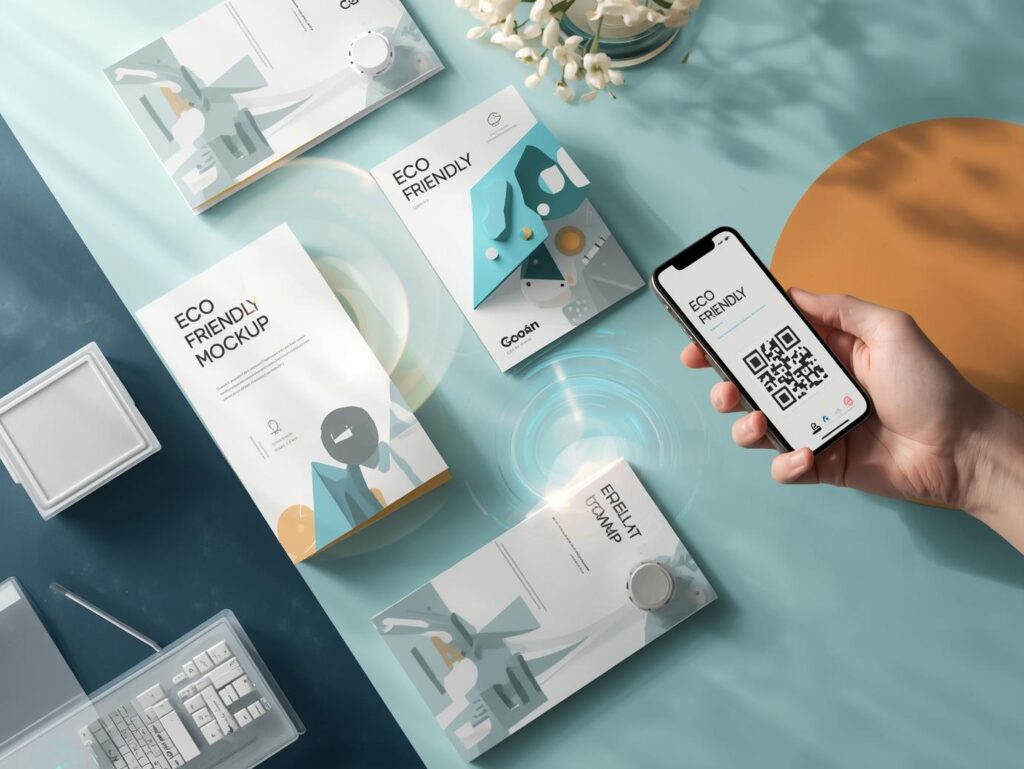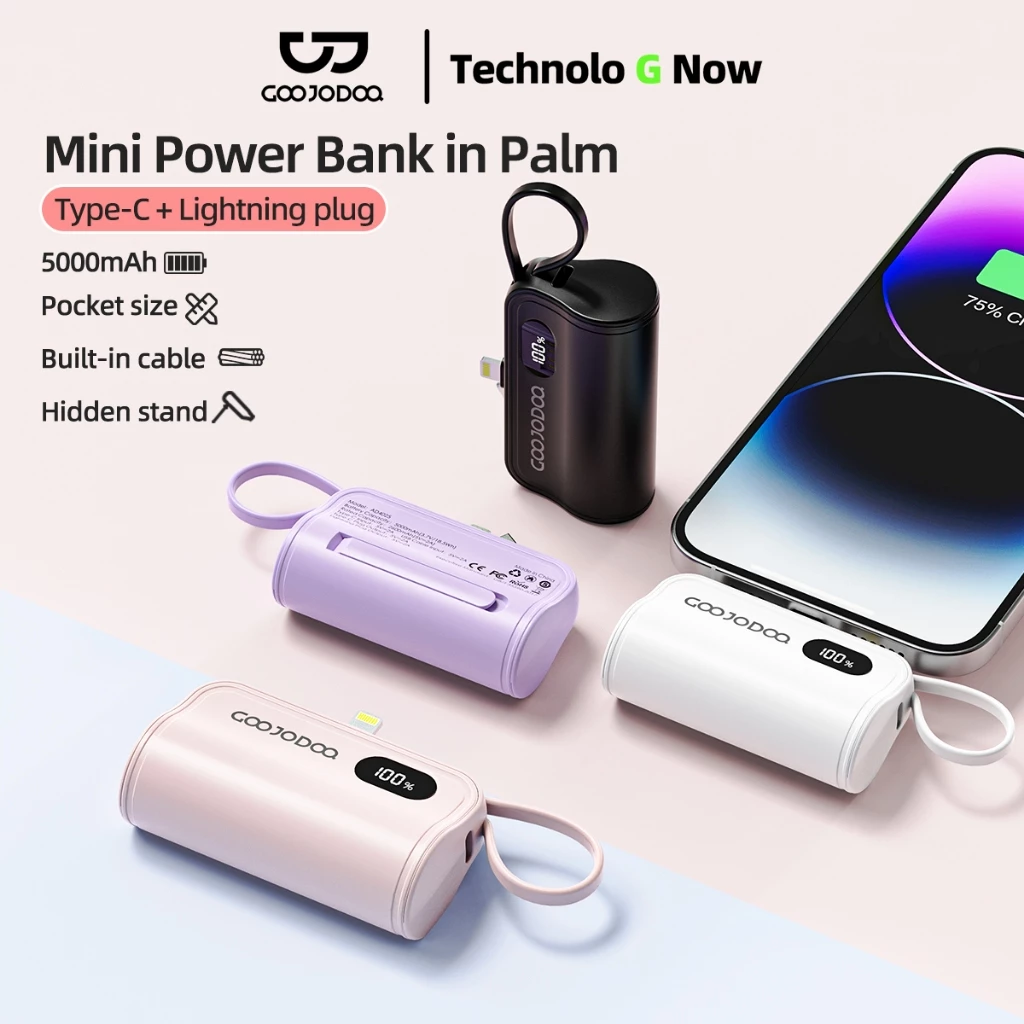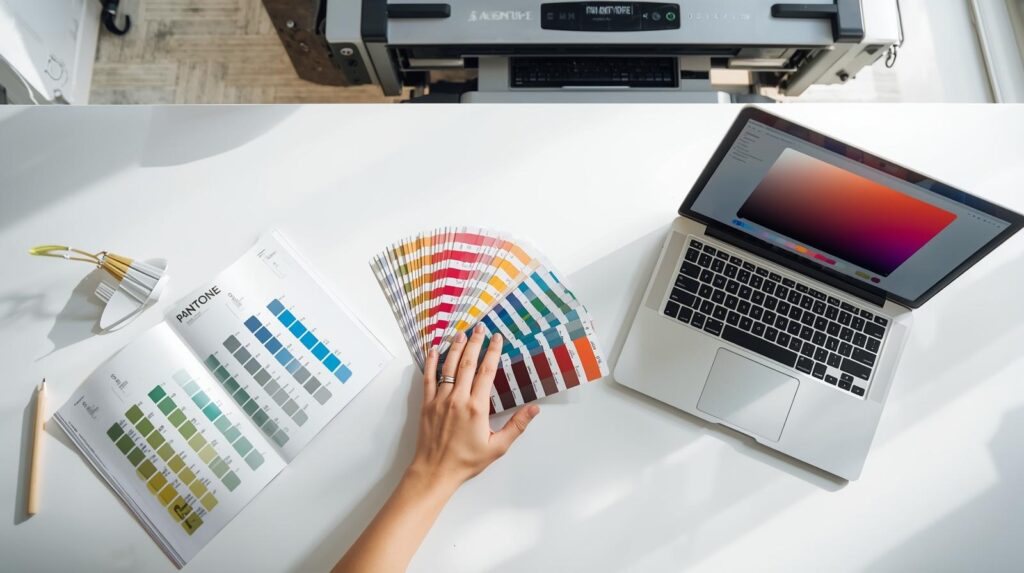The future of brochures proves print marketing isn’t dead. Discover why people still read brochures and how they adapt in today’s digital age.
The future of brochures is a topic many businesses are curious about. In a world where digital platforms dominate our daily lives, it’s easy to assume print is fading away but brochures remain more than just folded paper. They are trusted tools that continue to evolve and adapt to the digital age. Let’s explore why brochures still matter and how their role is transforming.

What Is a Brochures?
Before understanding the future of brochures, it’s important to know what it represents. A brochure is a printed marketing piece that highlights products, services or events in a compact, visually appealing way. Unlike websites that scroll endlessly, brochures are concise storytellers designed to be carried in your hands, read quickly, and remembered easily.

The Future of Brochures in 2025: Do People Still Read Them?
The big question is simple: do people still read brochures in 2025? The answer is yes, though not in the traditional sense. Modern audiences skim instead of reading word by word. They notice bold headlines, engaging images, and key highlights. A brochure today acts as a gateway. It captures attention offline and then guides people toward websites, QR codes, or social media for more information. According to the HubSpot 2025 State of Marketing Report, audiences are still drawn to tactile media like print as part of a balanced marketing strategy.
Why the Future of Brochures Still Matters
Even in a digital-first world, brochures survive for several strong reasons. Their physical nature makes them harder to ignore. Unlike an online ad that vanishes with a swipe, a brochure lingers in someone’s hand or bag. A high-quality brochure also builds trust, signaling that a company is serious and professional. Local businesses, from restaurants to salons continue to find them especially effective because they directly reach nearby customers. Most importantly, brochures complement digital marketing. Many now include QR codes, links, and even AR features that create a seamless bridge between the offline and online worlds.

A Canon article on the emotional value of print in a digital world shows how print can build deeper trust and engagement where digital alone feels overwhelming.
Challenges Facing the Future of Brochures
The future of brochure is not without obstacles. Shorter attention spans mean fewer people will sit down to read long paragraphs. Environmental concerns push businesses to reconsider mass printing and of course, digital platforms are more interactive, faster and globally scalable compared to paper.
These challenges force brochures to reinvent themselves to remain relevant. As Canon’s guidance on proving print’s ROI points out, businesses are now more strategic about measuring the real value print brings when combined with digital.

How Brochures Are Adapting to the Future
Instead of disappearing, brochure are evolving. Many brands now produce interactive brochures that include scannable codes linking to videos, 3D demos, or apps. Sustainability also plays a big role in the future of brochure, with recycled paper and eco-friendly inks becoming standard choices. Distribution is smarter too. Instead of handing brochures to anyone, businesses focus on targeted placements at events, lobbies, or local stores where the right audience is present. Content is also sharper with short, bold, and designed to lead the reader directly to digital platforms.
The Canon “Power of Print in Omnichannel Marketing” article explains how targeted print combined with digital workflows strengthens customer engagement.
Who Still Uses Brochures Today?
If you want proof of the future of brochures, look no further than industries that rely on them daily. Hotels still display brochures for tours and activities. Real estate agents hand them to showcase property layouts. Restaurants distribute them as takeaway menus. Event organizers provide brochures to help guests remember sponsors and schedules. These real-world applications prove brochures aren’t just alive, they’re thriving when used correctly.
The Canon Production Digital Printing 2025 report highlights how sectors such as hospitality and real estate continue to invest in printed materials because they work.
The Psychology of Print in the Future of Brochures
Part of why brochures remain relevant is psychology. People trust printed material more than digital ads because it feels permanent. A digital post can be deleted or faked, but a brochure feels official. The personal touch of being handed a brochure face-to-face also adds human connection that online ads cannot replace. This trust factor is why the future of brochures will continue to have a place in marketing strategies.

Should Your Business Still Use Brochures?
The future of brochure doesn’t mean print replaces digital. It means they work together. Local businesses, event organizers, and service providers benefit greatly from brochures. Global online-only brands may rely less on them. The smartest strategy is to combine both: use brochures as a first contact point, then lead audiences to digital platforms for ongoing engagement.
Making Brochures People Actually Read
To succeed in the future of brochures, design matters. Brochures overloaded with text turn people away. Instead, strong headlines, engaging visuals and clear calls to action encourage readers to engage. For example, a QR code that leads to a website or an exclusive offer can make the experience interactive. The design style should match the audience, whether playful for students or professional for corporate clients.
Final Thoughts on the Future of Brochures
The future of brochures is not about extinction but evolution. Brochures remain powerful because they offer something digital cannot: tangibility, trust, and personal interaction. At the same time, they adapt by embracing eco-friendly practices, interactive technology, and smarter distribution. For businesses, brochures are not outdated relics but bridges that connect offline encounters with online engagement.

